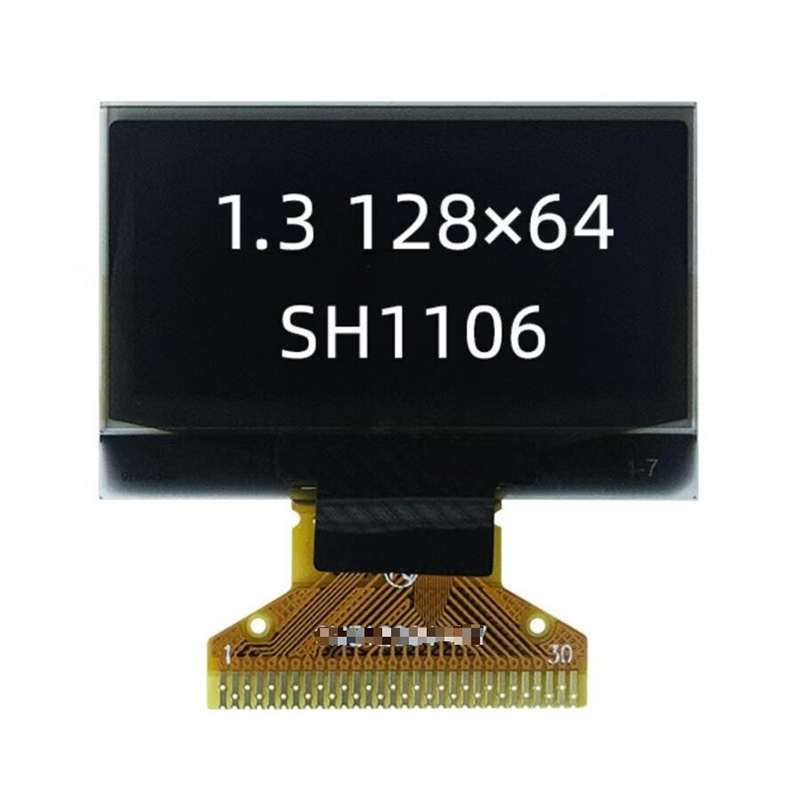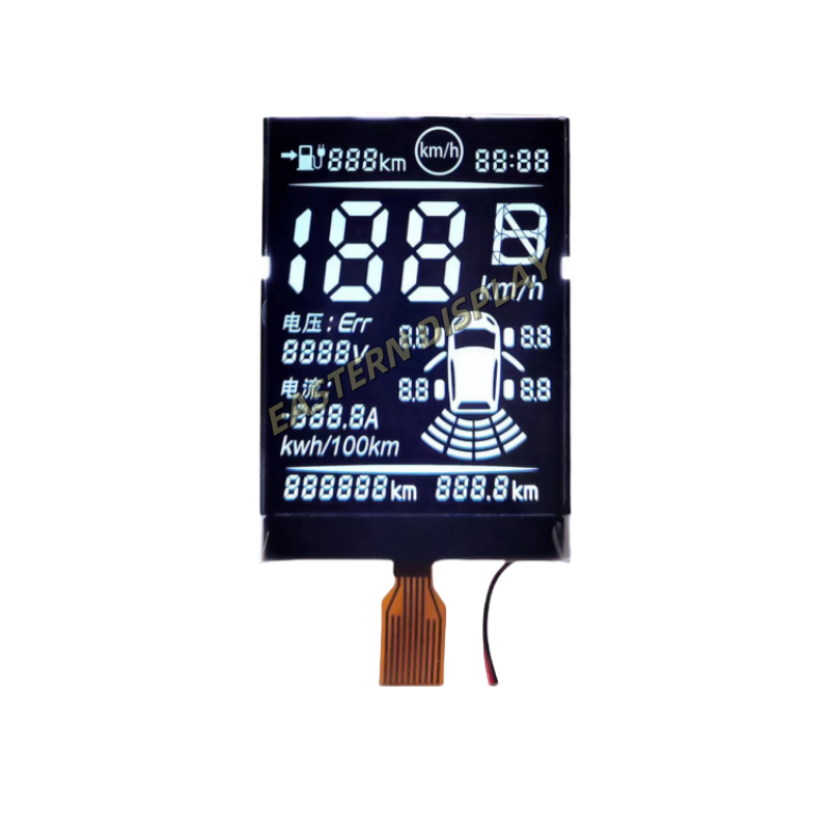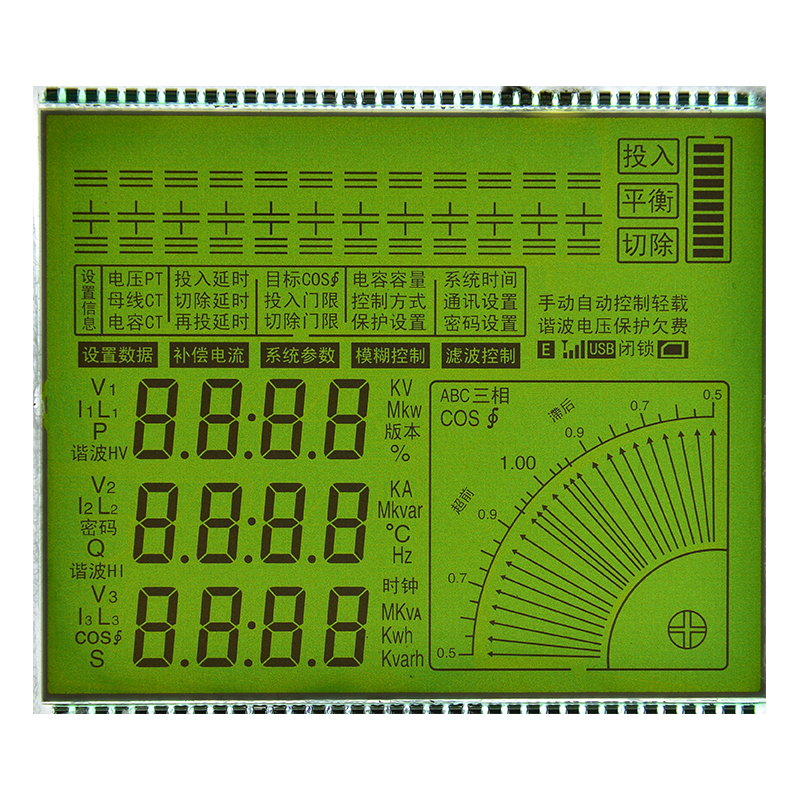
1602 LCD Display with Arduino: A Comprehensive GuideThis guide provides a comprehensive overview of using a 1602 LCD display with an Arduino microcontroller. We'll cover everything from basic connections and setup to advanced techniques and troubleshooting. Learn how to display text, numbers, and custom characters on your 1602 LCD display, and explore different libraries and coding examples.
Connecting a 1602 LCD display to an Arduino is a popular project for beginners and experienced users alike. This versatile display allows you to easily visualize data from sensors, create interactive projects, and build custom interfaces. This guide will walk you through the process step-by-step, providing you with the knowledge and resources you need to successfully integrate this display into your next project.
The 1602 LCD display typically has 16 pins. You'll need to connect these pins to your Arduino using jumper wires. The exact pinout might vary slightly depending on the specific model of your LCD, but generally, the connections are as follows. Refer to your LCD's datasheet for precise pin assignments. A common configuration uses the following connections:
| Arduino Pin | 1602 LCD Pin | Description |
|---|---|---|
| 5V | VCC | Power |
| GND | GND | Ground |
| 7 | RS | Register Select |
| 6 | RW | Read/Write |
| 5 | E | Enable |
| 4 | D4 | Data Pin 4 |
| 3 | D5 | Data Pin 5 |
| 2 | D6 | Data Pin 6 |
| 1 | D7 | Data Pin 7 |
| A0 | RS | Usually connected to GND for 8-bit mode. |
Note: Always double-check the pinout of your specific 1602 LCD display and Arduino model. Incorrect wiring can damage your components.
To simplify interacting with your 1602 LCD display in Arduino, we'll use the LiquidCrystal library. This library provides a set of functions that make it easy to control the display. You can install this library through the Arduino IDE Library Manager. Go to Sketch > Include Library > Manage Libraries... and search for LiquidCrystal. Install the library by David A. Mellis.
Here's a basic Arduino code example that displays Hello, World! on your 1602 LCD display:
#include <LiquidCrystal.h>// Initialize the library with the numbers of the interface pinsLiquidCrystal lcd(7, 6, 5, 4, 3, 2);void setup() { // set up the LCD's number of columns and rows: lcd.begin(16, 2); // Print a message to the LCD. lcd.print(Hello, World!);}void loop() { // set the cursor to column 0, line 1 // (note: line 1 is the second row, since counting begins with 0): lcd.setCursor(0, 1); // Print a message to the LCD. lcd.print(1602 LCD Test);}Remember to adjust the pin numbers in the code to match your wiring. This code demonstrates a basic use case, and you can adapt and extend it to display various information, including data from sensors or user inputs. More advanced projects might involve scrolling text, creating custom characters, or using multiple displays.
If your 1602 LCD display isn't working, double-check your wiring, ensure the power supply is correct, and verify that the LiquidCrystal library is installed correctly. Consult the library's documentation for further assistance. You can also find numerous troubleshooting resources online.
For high-quality LCD displays and other components, consider exploring Dalian Eastern Display Co., Ltd. They offer a wide range of displays and related products.












